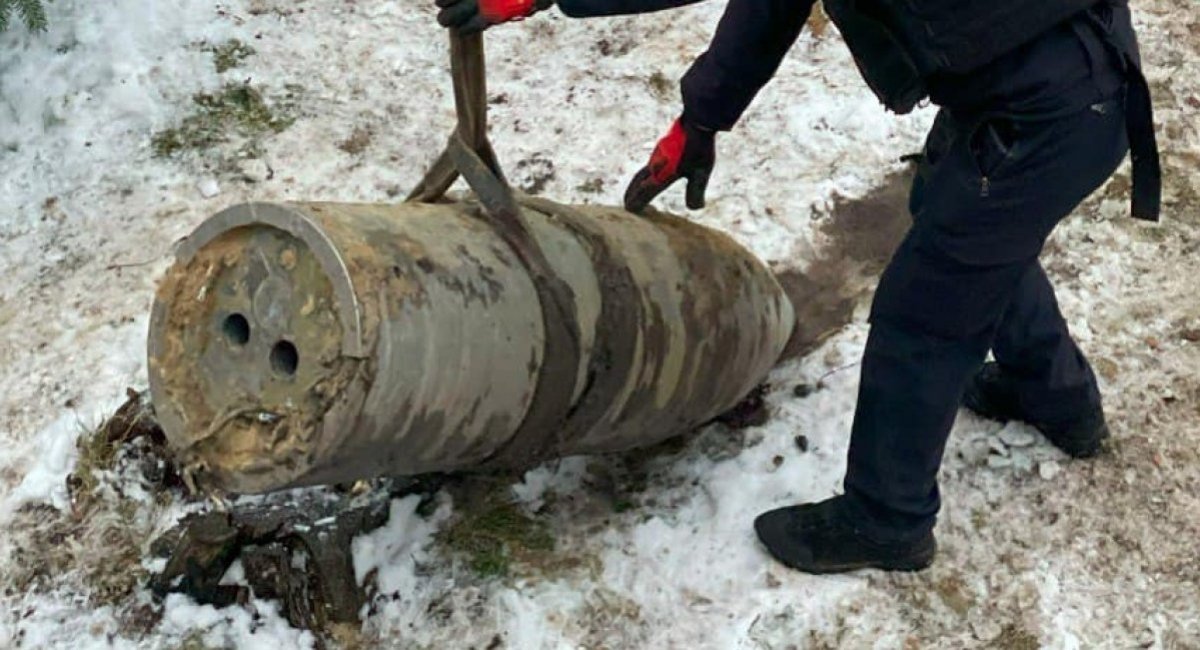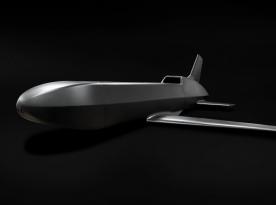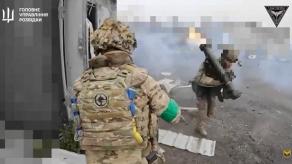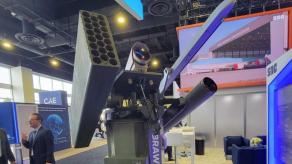Yesterday, the Ministry of Internal Affairs of Ukraine showed the disposal process of warheads from Kh-47 Kinzhal air-launched ballistic missile, taken down by Ukrainian air defense during an unsuccessful russian attack. The fact that at least three out of 20 Kinzhal missiles launched by russia in January did not explode upon landing sparked doubts about their systematic malfunctioning.
However, Defense Express reached out to Ukrainian specialists in researching russian weapons, they explained that the non-exploding of warheads is caused not by malfunction but by a conscious design choice on the part of russian engineers.
Read more: russia Strikes Ukraine With Defective Kh-47 Kinzhal Missiles, They Do Not Explode (Photo)
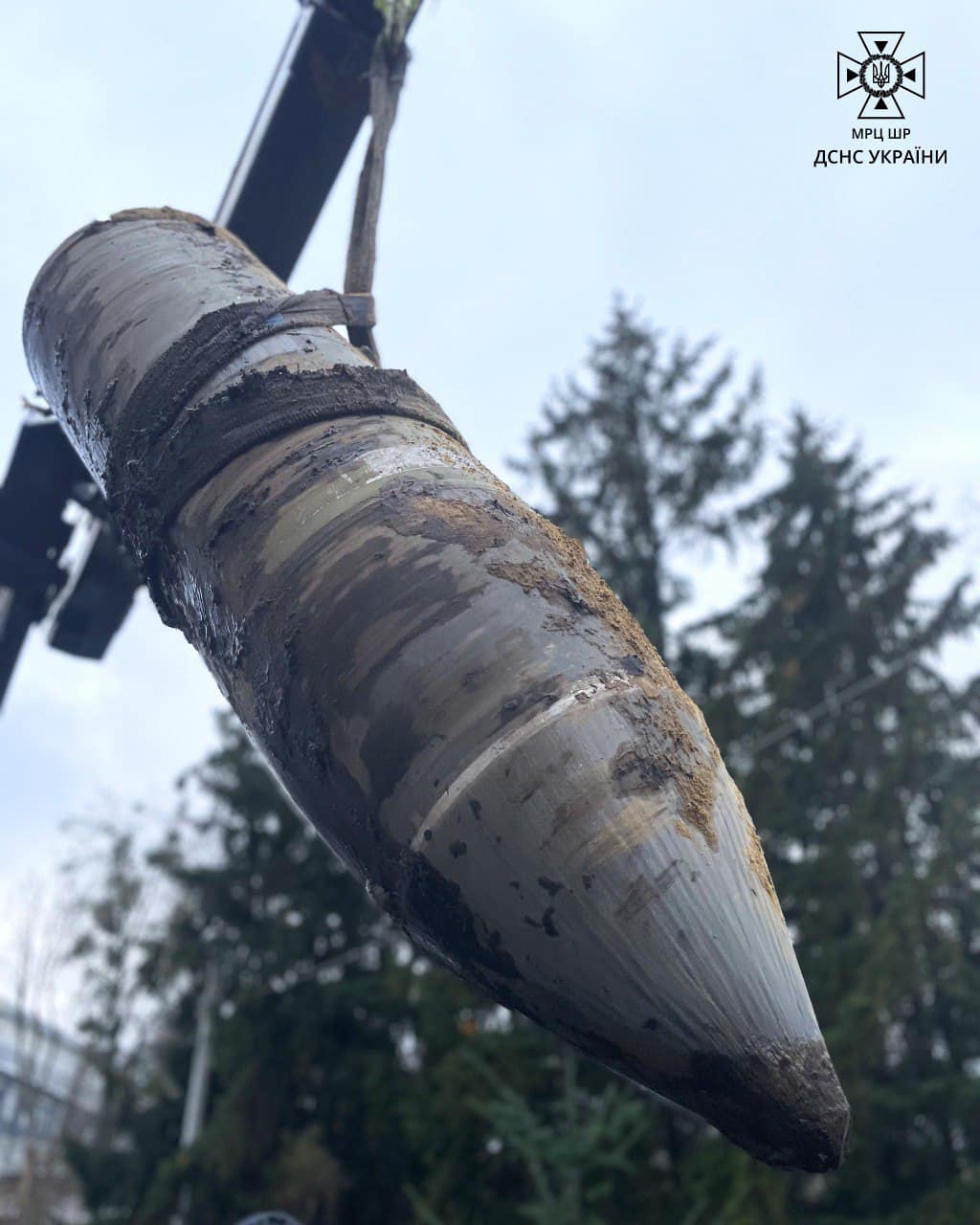
The Kh-47 Kinzhal has no impact fuze. The detonation is triggered by an electronic system located in the missile's hardware unit where the battery is. The unit is connected to the warhead through wires; when the missile gets hit with an interceptor, the wires are sometimes damaged, rendering the warhead inert.
On the part of Defense Express, we assume that this design decision of russian engineers was deliberate and prompted by the weapon's layout, the interconnections between its units, and the purpose of the warhead which means to penetrate the target. For a reminder, Kinzhal's warhead contains 150 kg of octogen (HMX), which in firepower equates to 240 kg of TNT.
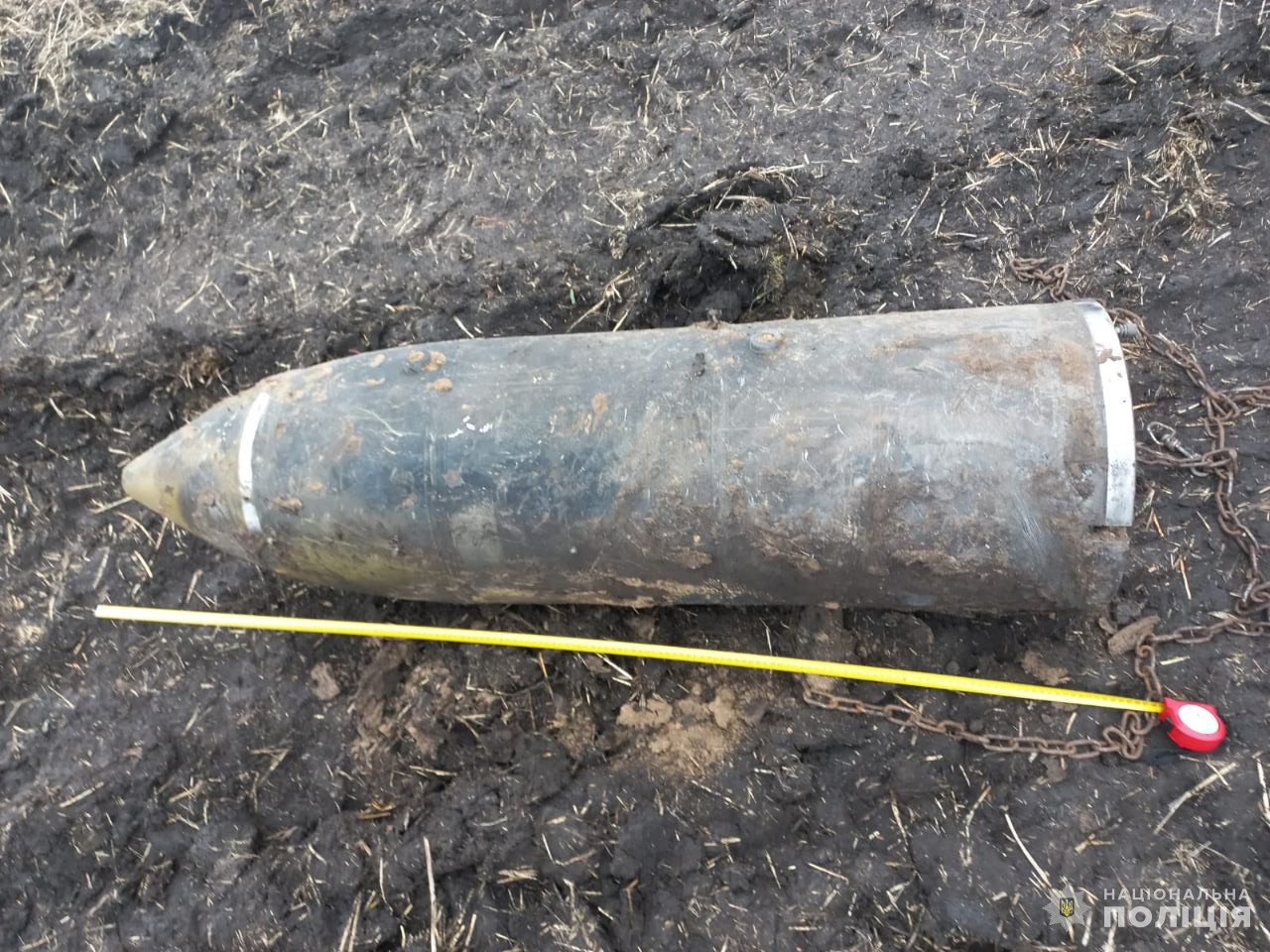
Quite possibly, the preliminary activation of the warhead happens only when the missile is already approaching the ground. This method is often employed in ballistic missiles. For example, the 9N123F HE-FRAG missile of the Tochka-U system has a safety and arming mechanism of two stages to prevent premature detonation. The device was located in front of the warhead.
The first safety is turned off after the launch, and the second one follows after the missile has already passed the zenith point of its ballistic trajectory. Then, either an altimeter and a laser optical sensor kicked in for an air burst strike, or an impact sensor triggered the missile upon colliding into the target. The assembly drawing below shows the warhead marked with the number 4, and the safety and arming device is marked as 1.

Most likely, the layout of the Kh-47 Kinzhal has been designed similarly, since Tochka-U developed into the Iskander missile, which lent some of its technical solutions to the later-created Kinzhal. Alternatively, the decision in favor of one or another design for a safety mechanism can depend on specific requirements for a weapon's safety and reliability.
Therefore, from the russian perspective, they might view this design not as a defect but a feature and thus not be willing to change it. Or they simply cannot do so, because altering the SA device would mean an overhaul of the entire design for a weapon that has been in development for way too long regardless.
Although the exact time when they started works on Kh-47 Kinzhal is unknown, the fact that the current missile is designated as the Kh-47M2 modification implies there are at least the basic Kh-47 and two modernizations, each having taken a considerable amount of time and money.
Read more: The Warhead of russia’s Kinzhal Aeroballistic Hypersonic Missile Was Neutralized in Kiev (Photo)




